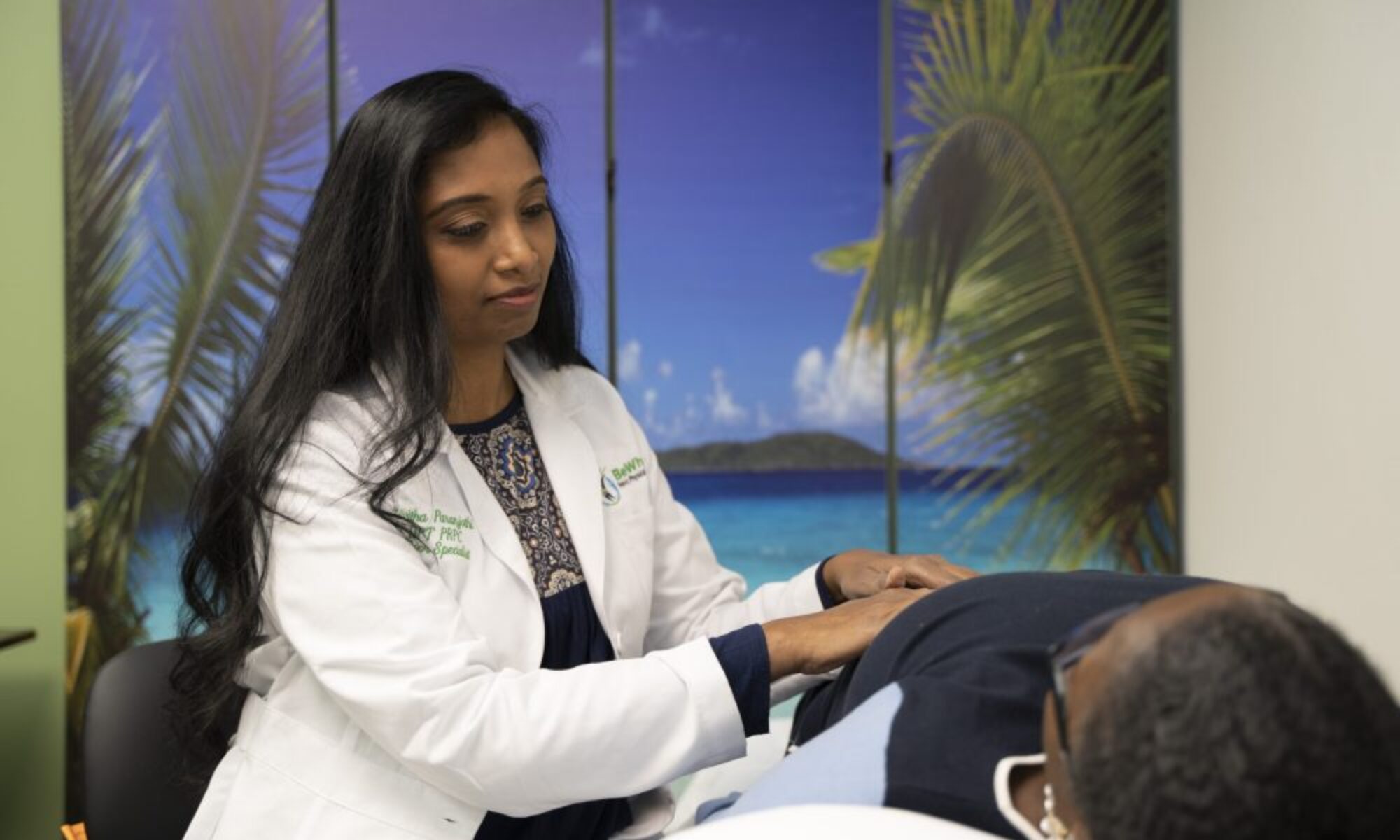Painful Sex or Dyspareunia

Introduction to Painful sex or Dyspareunia
Definition: This is pain during sexual intercourse or pain with sexual activity that involves penetration.
Dyspareunia can occur in men and women who are sexually active regardless of their age. The majority of dyspareunia or painful sex is seen in women but men also can be suffering with this diagnosis.

Physiology of Painful sex or Dyspareunia
When intercourse is painful (dyspareunia) our muscles naturally contract to protect from the pain. and in anticipation of pain. This anticipation of pain can lead your nervous system to react with a cascade of events leading to even tighter muscles, vaginal dryness and loss of lubrication. When this happens, intercourse becomes even less comfortable, resulting in more pain. Hence this becomes a viscous cycle that need to be broken and can be done with Pelvic Physical therapy.
Types of painful sex or dyspareunia ( in women)
1.Superficial Dyspareunia
2.Deep Dyspareunia
1. Superficial Dyspareunia :
Pain at the entrance of vagina during attempted penetration is superficial dyspareunia.
Causes of Dyspareunia
This type of dyspareunia can occur due to any of the following
Dryness of the vagina due to
Inadequate foreplay
Hormonal imbalance as in perimenopausal women and in women who are breastfeeding.
UTI
Injuries to the Genital area
Vaginismus
Vulvodynia – involuntary contraction of the vaginal muscles
Surgery : anything that narrows the vaginal opening such as episiotomy and it’s repair post child birth.
Congenital tight hymen

2.Deep Dyspareunia
Pain post penetration during the thrusting movement is Deep Dyspareunia
Causes :
Retroverted Uterus : Normally the uterus is tilted forward on the bladder, but it can be tilted back in retroverted uterus and this can cause dyspareunia.This can be surgically corrected if severe.
Vaginismus
P.I.D. ( Pelvic Inflammatory diseases) infection of cervix , uterus or vagina .
Gynecological cancers : Ovarian, Uterine cancers and Fallopian tubes.
Scarring from radiation and Chemotherapy or surgical scars.

Diagnosis for painful sex or dyspareunia
Subjective History:The diagnosis depends on the symptoms the patient reports such as when does the pain occur and where is the pain.For ex.
1.When do you have pain during intercourse ? Is it at the entrance of the vaginal opening or during thrusting?.
2. How long does the pain last ?
3.Was there ever a time when intercourse was not painful?
4. Any history of sexual abuse or genital trauma?
5.Any History of sexually transmitted diseases?
Pelvic Exam :This may be followed by a gentle but through pelvic exam to assess hypersensitivity to touch and any increased inflammation.The pelvic area may be touched by a cotton swab to assess the area of pain and sensitivity externally.The pelvic muscles may be assessed internally by gently inserting a gloved and lubricated finger through the vagina.
Pelvic Physical Therapy for painful sex or dyspareunia :

Physical Therapy: Intervention will include
Massage techniques/ Myofascial release.
Relaxation training , with Diaphragmatic breathing and Reverse Kegels.
Stretching.
Strengthening of weak muscles.
Postural training and coordination of the muscles that support your core.
I evaluate the back, hips and possibly the rib cage region to see if there are any imbalances in those regions contributing to your pain. I also be teach self-care techniques for you to utilize at home and possibly with your partner. PT is a process with which one has to have patience if you wonder about the duration of PT before you see results check this article I wrote on that subject matter.
Painful sex or Dyspareunia in Men

Painful sex or dyspareunia defined by ICS : It is Penile discomfort occurring during intercourse , may be caused by penile diseases ,altered vaginal anatomy( vaginal tightening and scarring) or various positions during intercourse, that causes impingement of the uterine cervix.
Chronic Dyspareunia : is recurrent or continuous pain that occurs in the pelvic and genital area that occurs during and after sexual intercourse, for 3 months or more pain may in the penis may be accompanied by a burning sensation.
Causes:
Psychological Causes:

Sexual Abuse
Anxiety
Stress
Fear
Medical Causes:
Phimosis : Tight foreskin
STD
Testicular Cancer
It can also be due to tears in the foreskin or Peyronie’s diseases.
Infections of bladder, UTI can cause painful ejaculation.
Conclusion
Painful sex is a common occurrence but not normal .
This is treatable and there is a solution to the problem.
Pelvic Physical Therapy can effectively treat this condition in most cases with success.
Please leave your questions and comments below .






























































